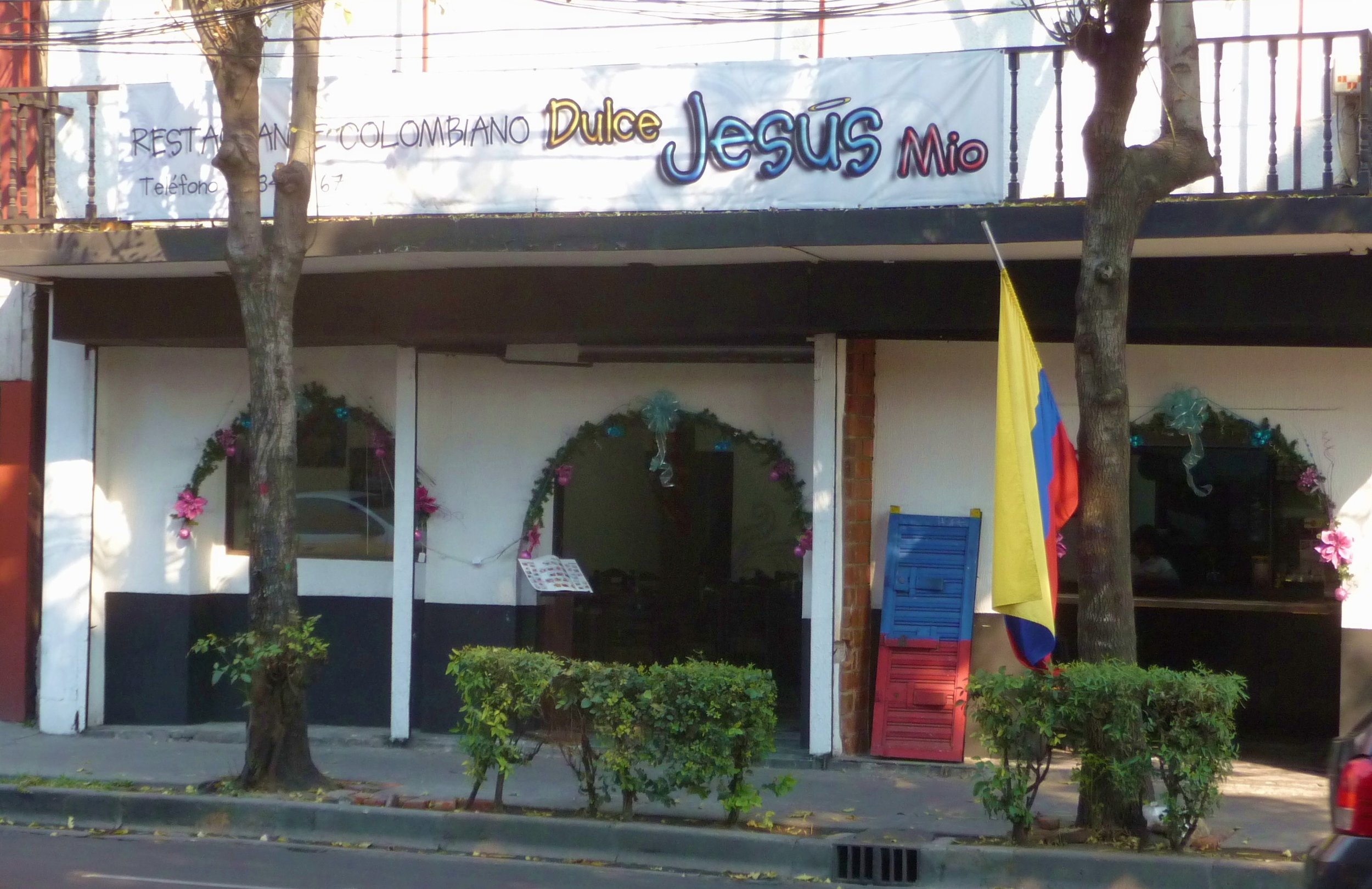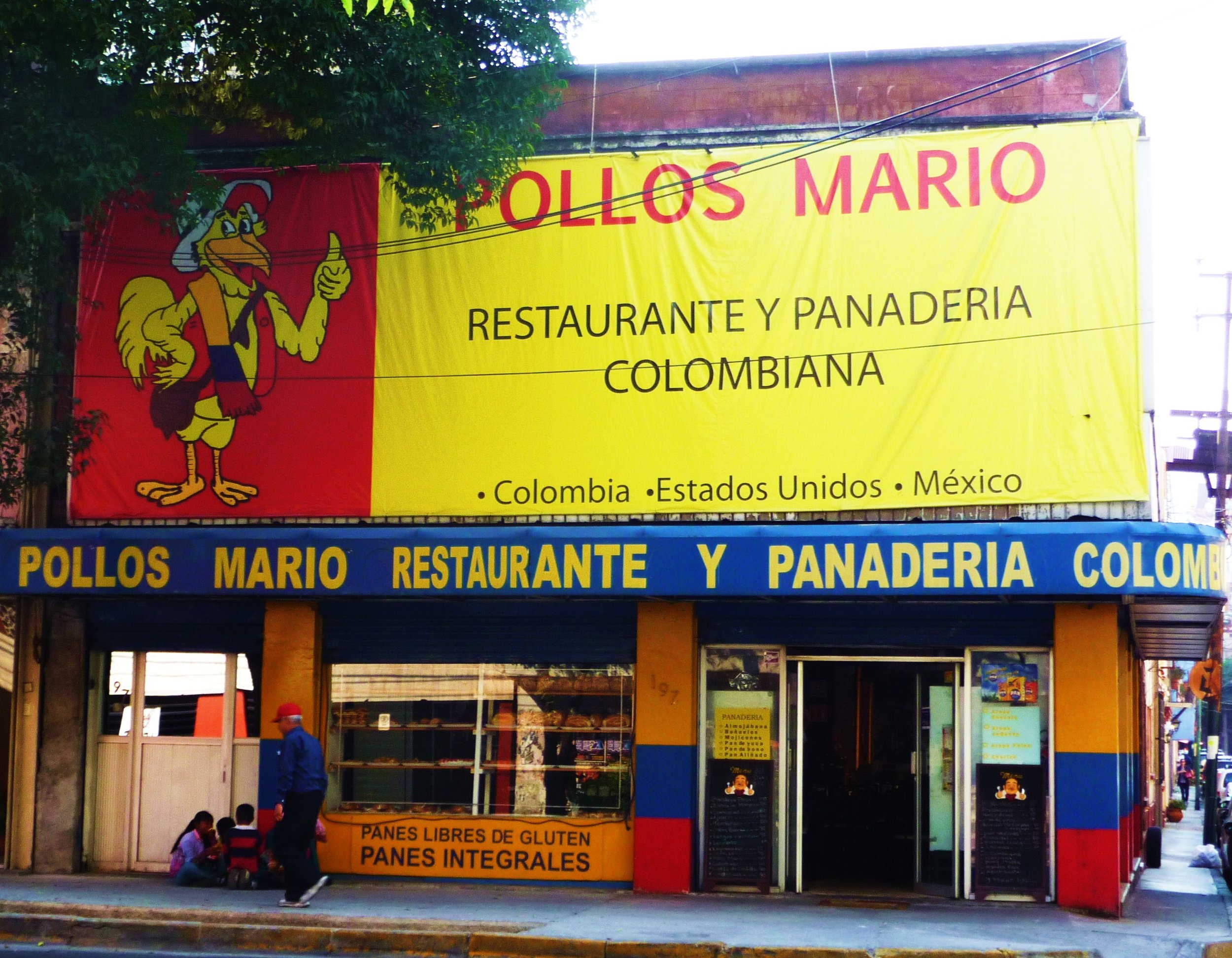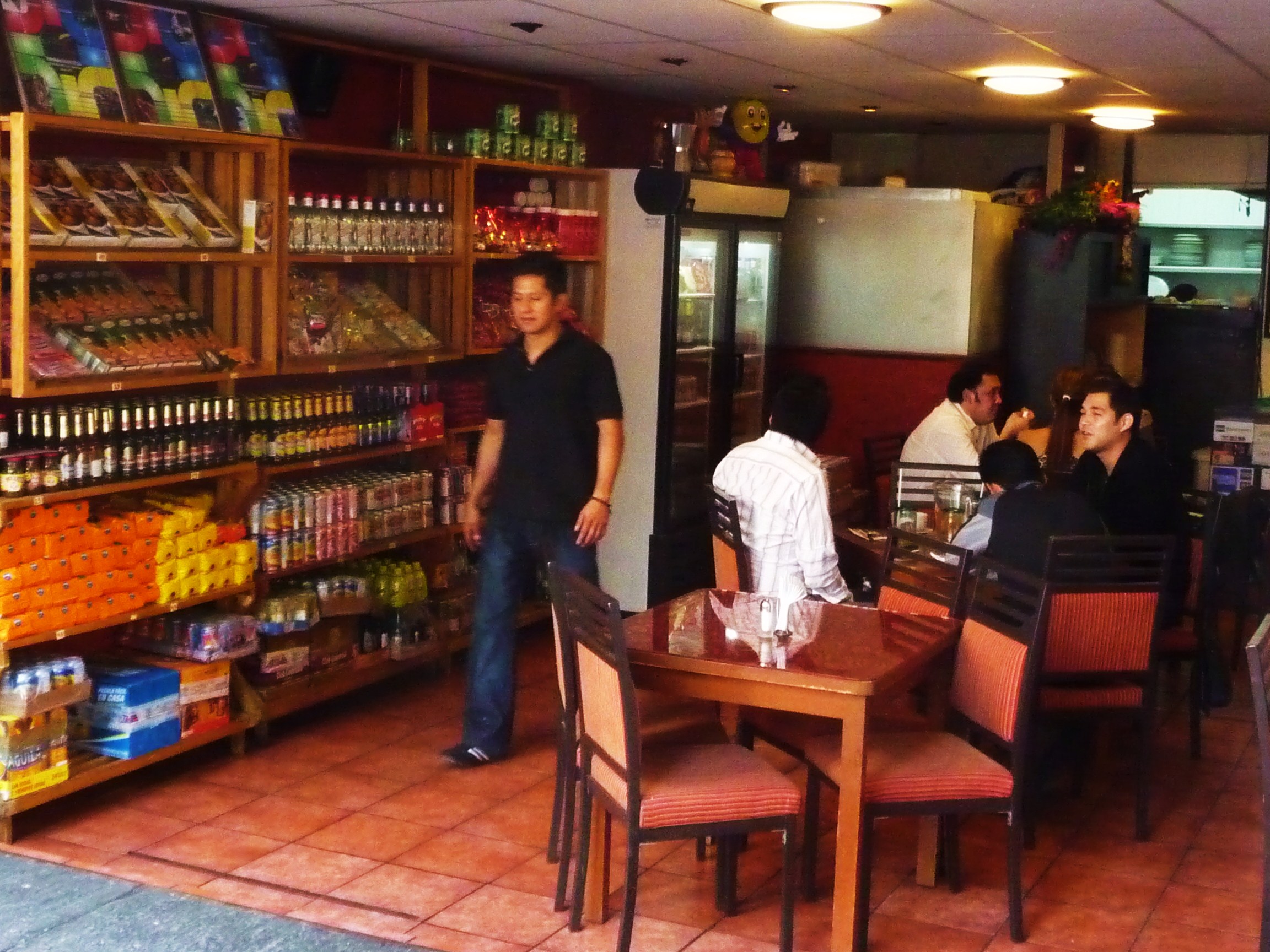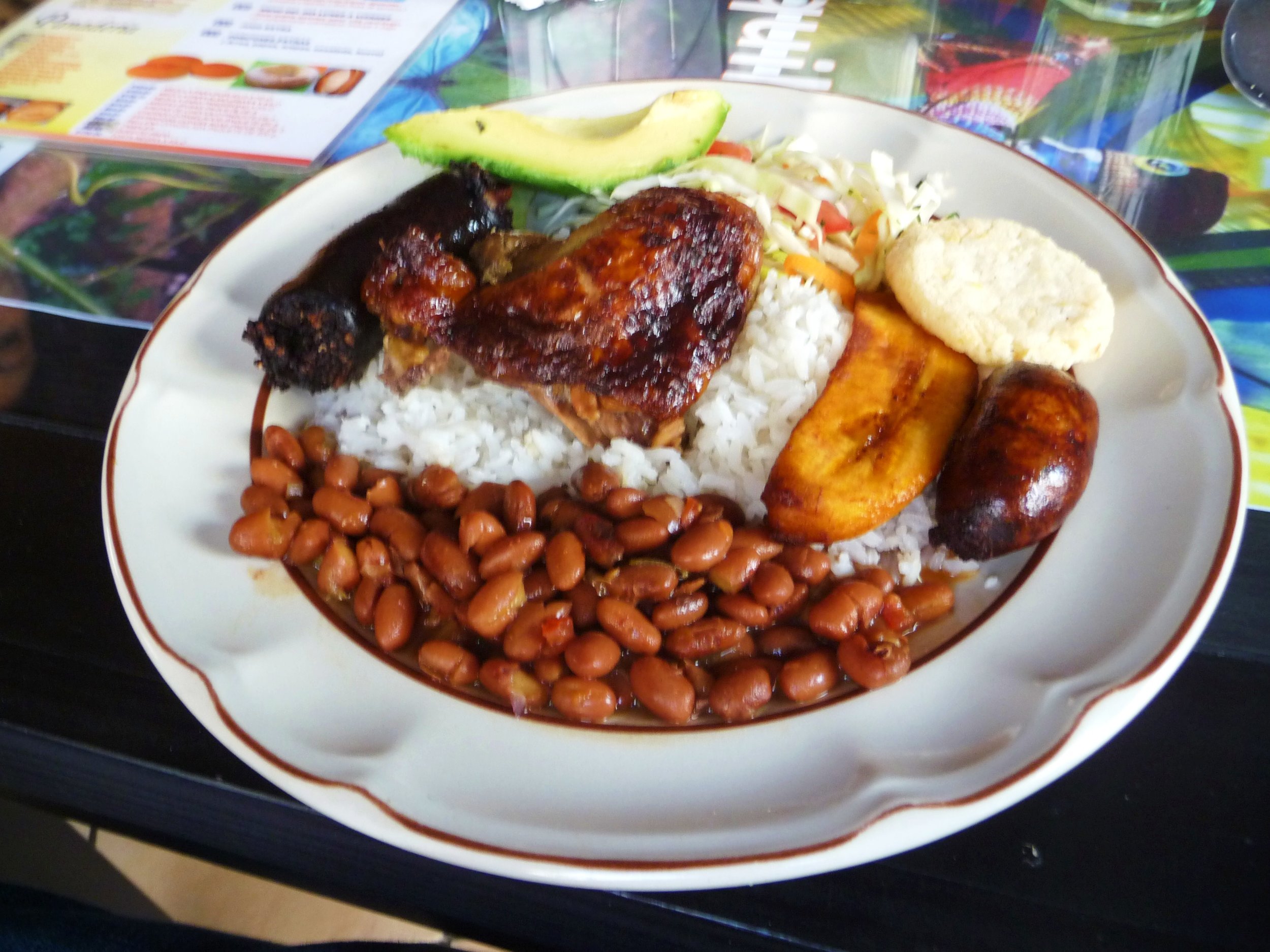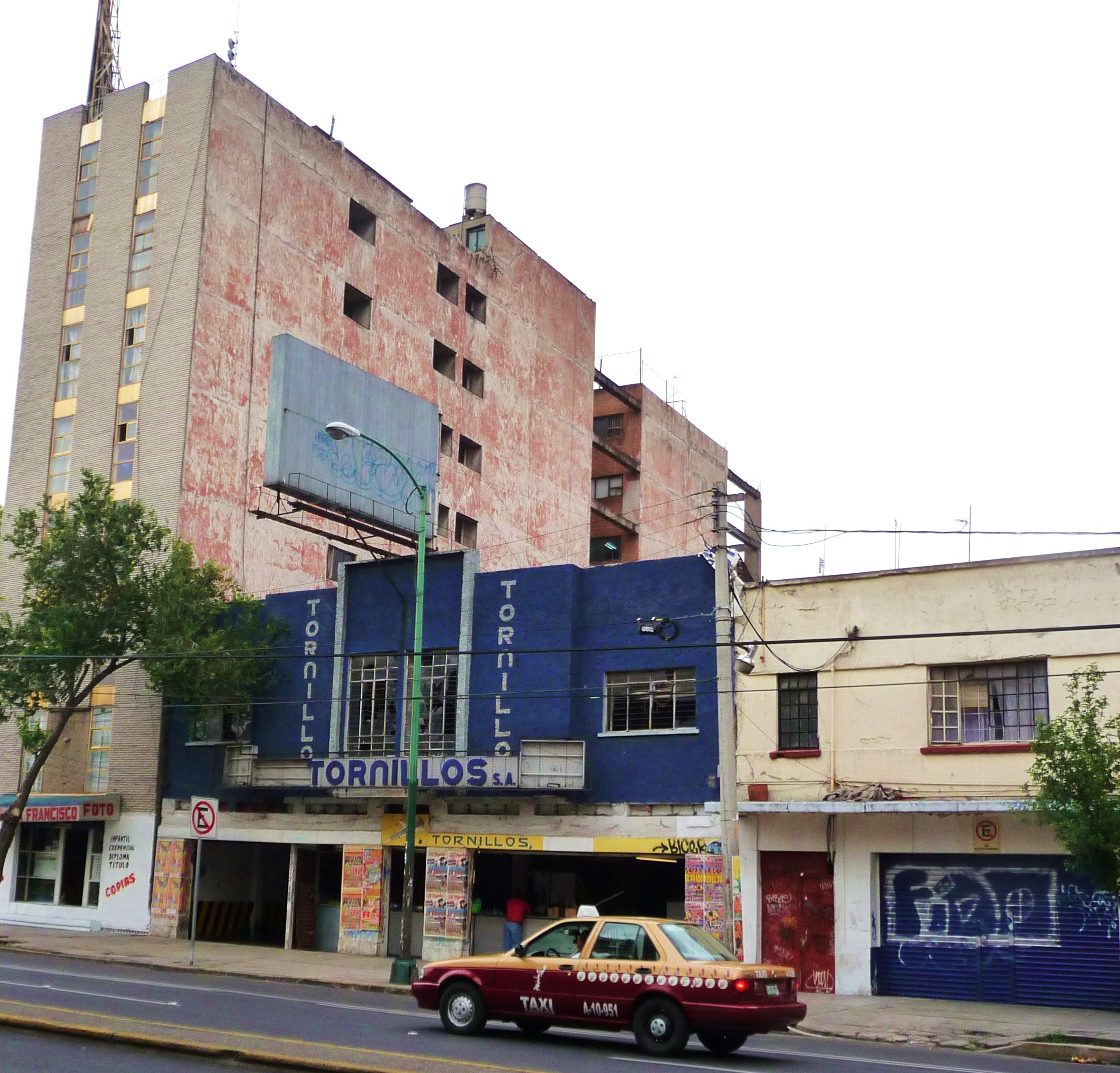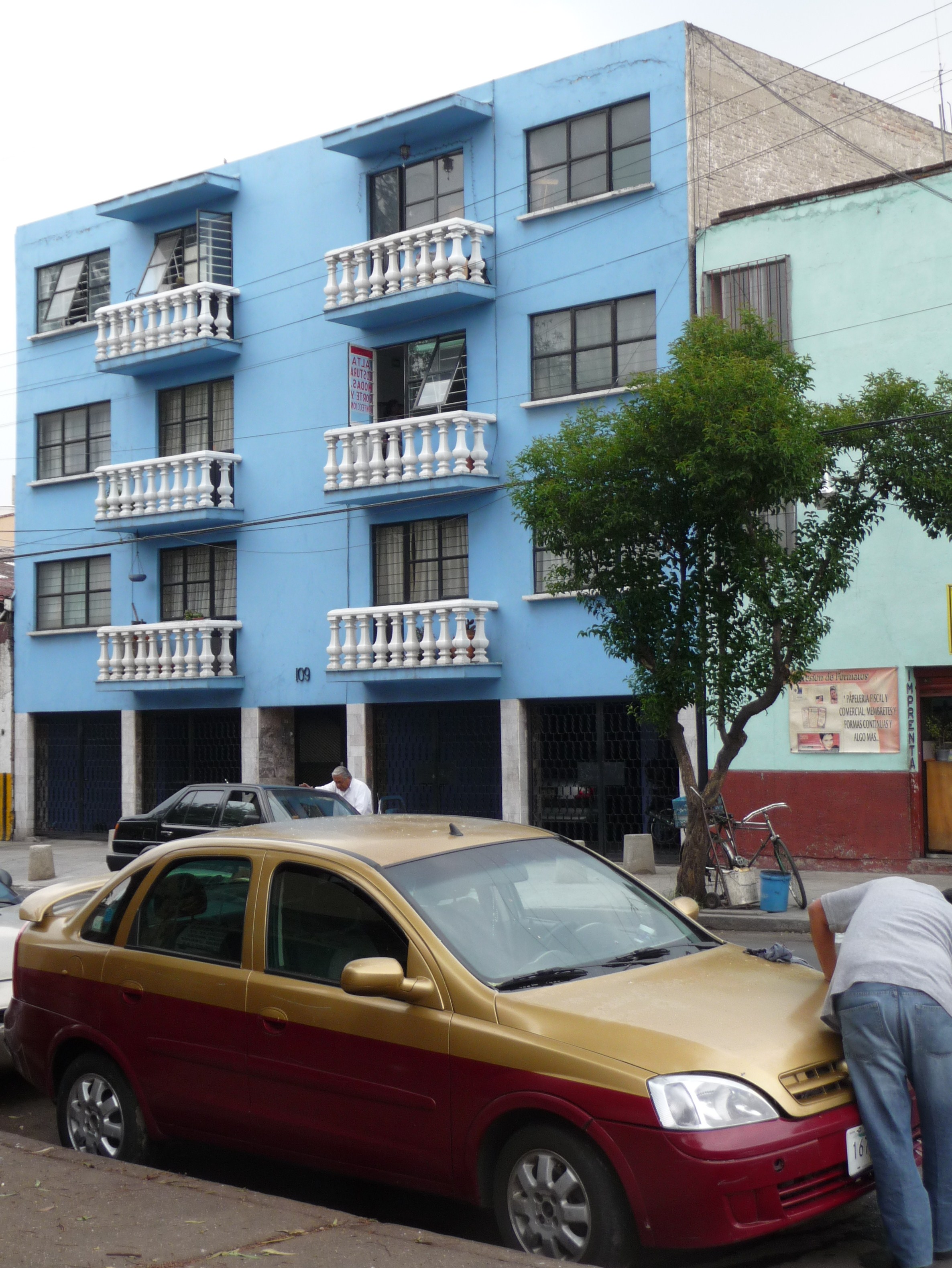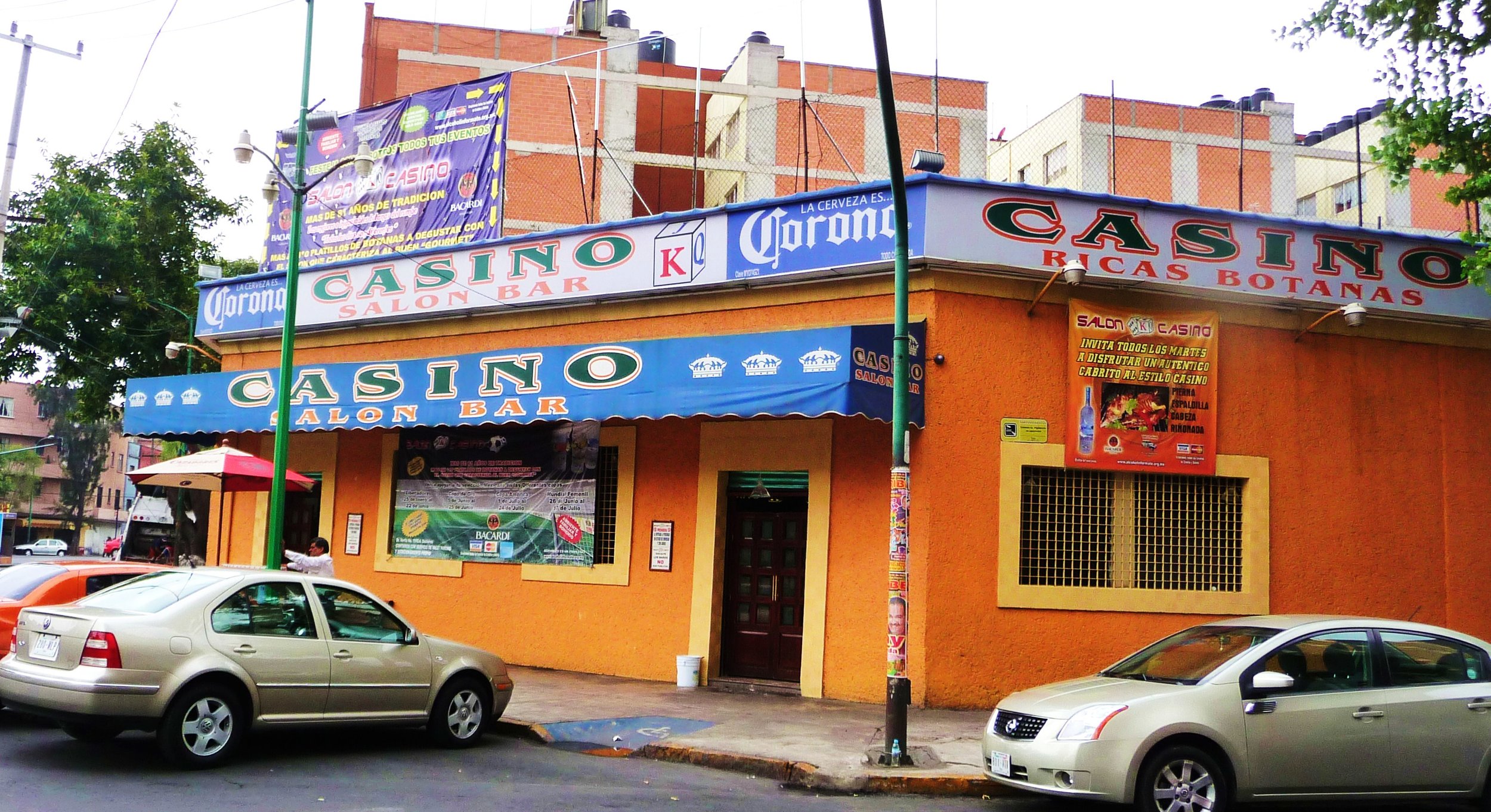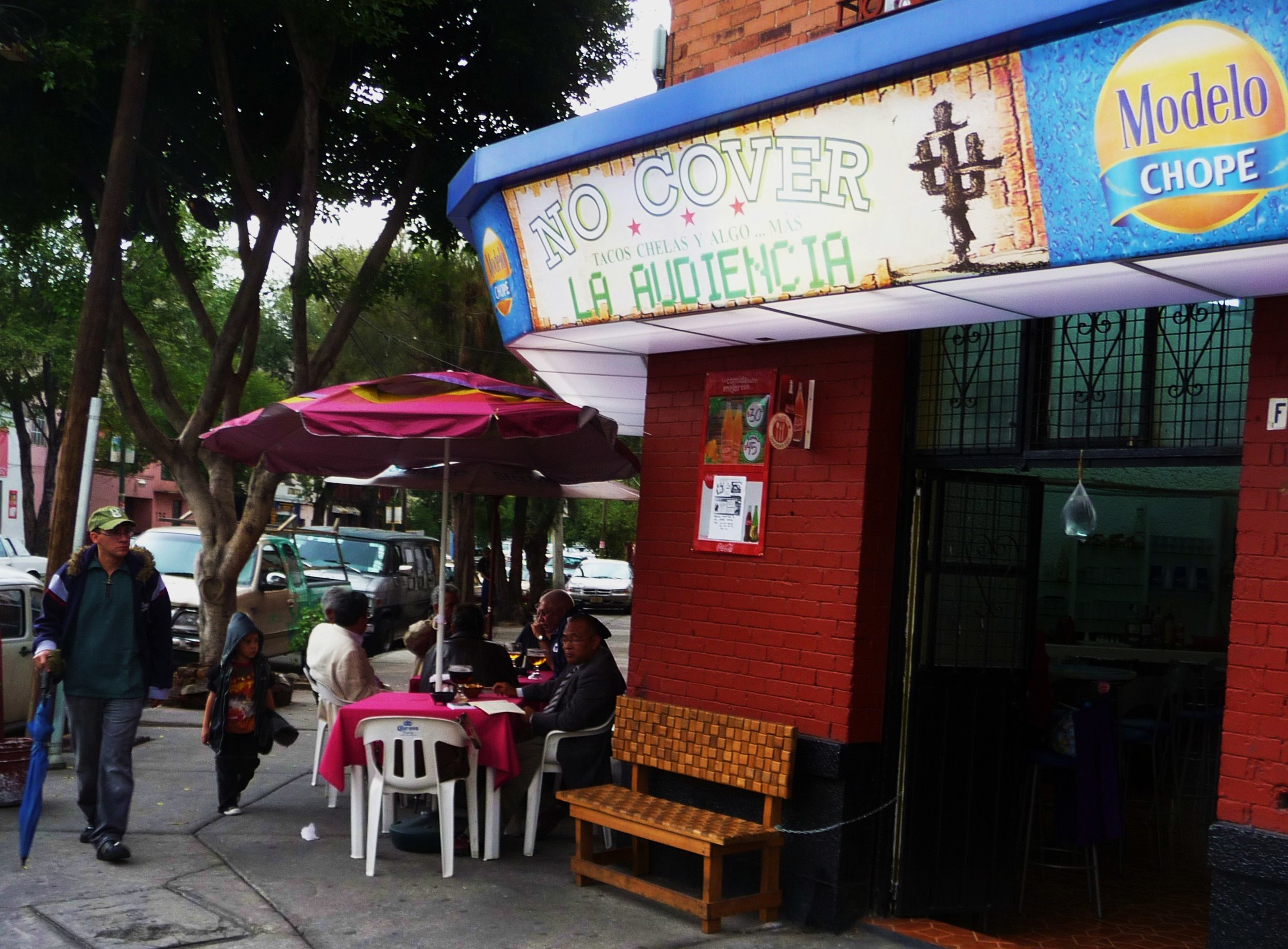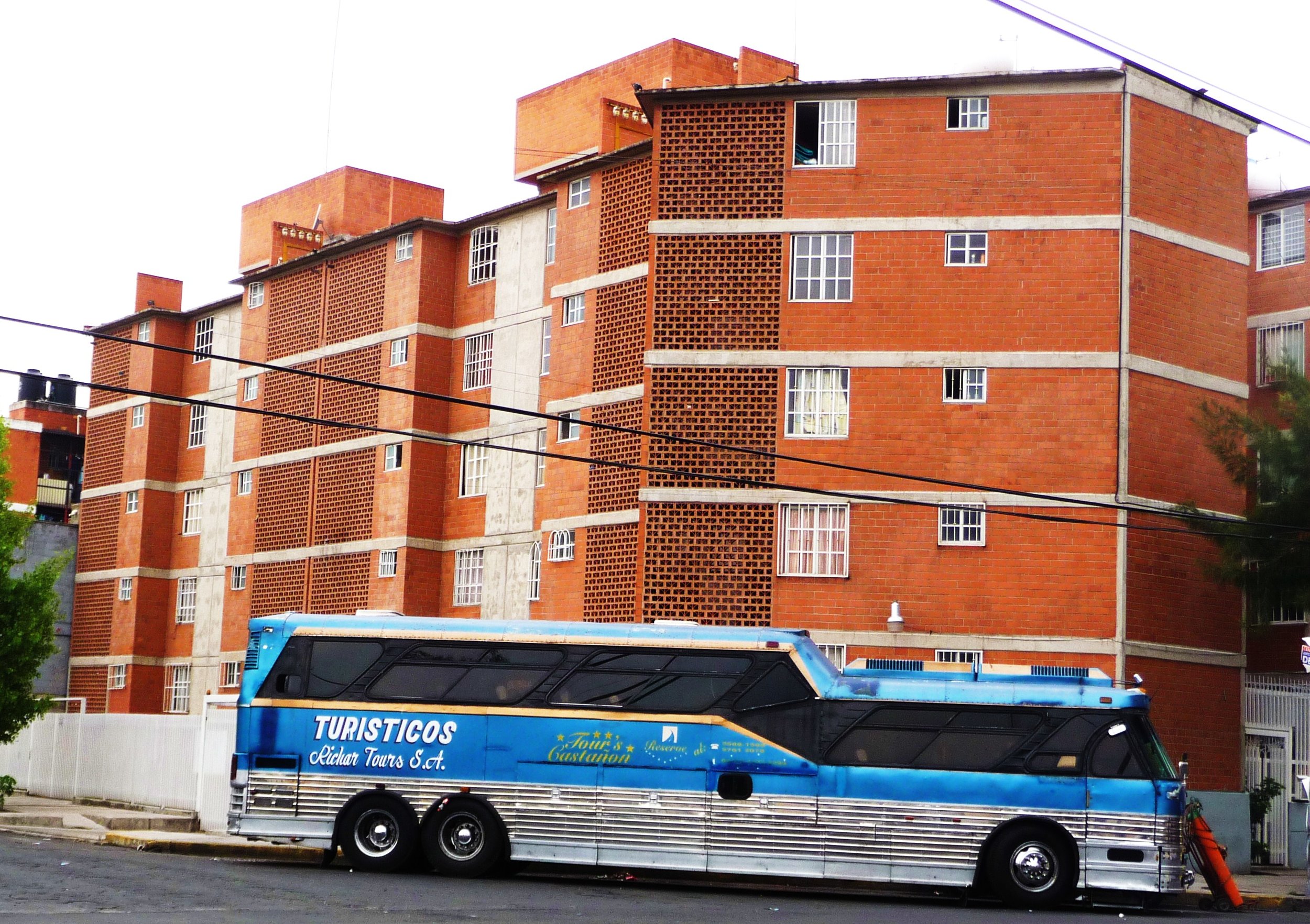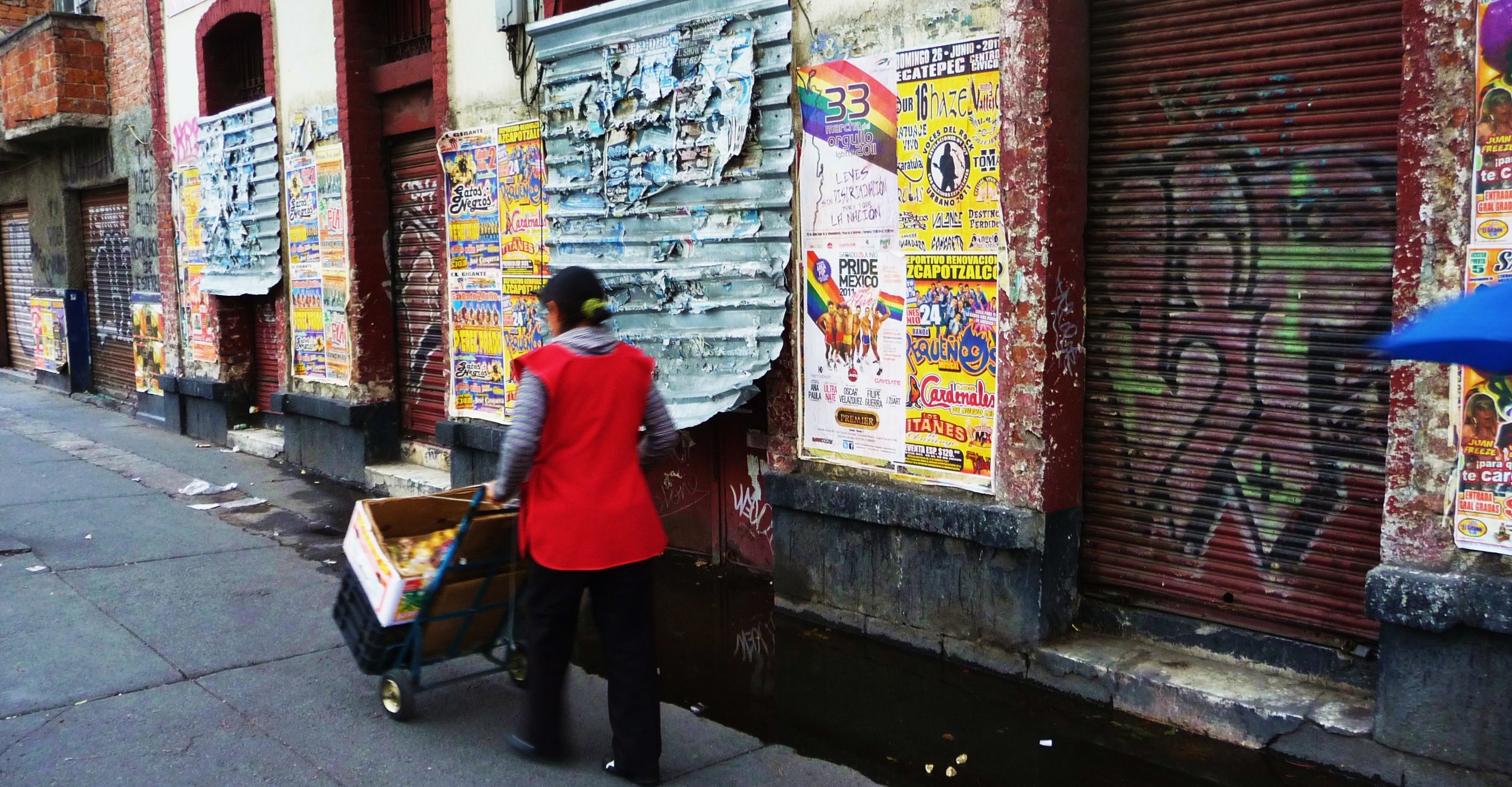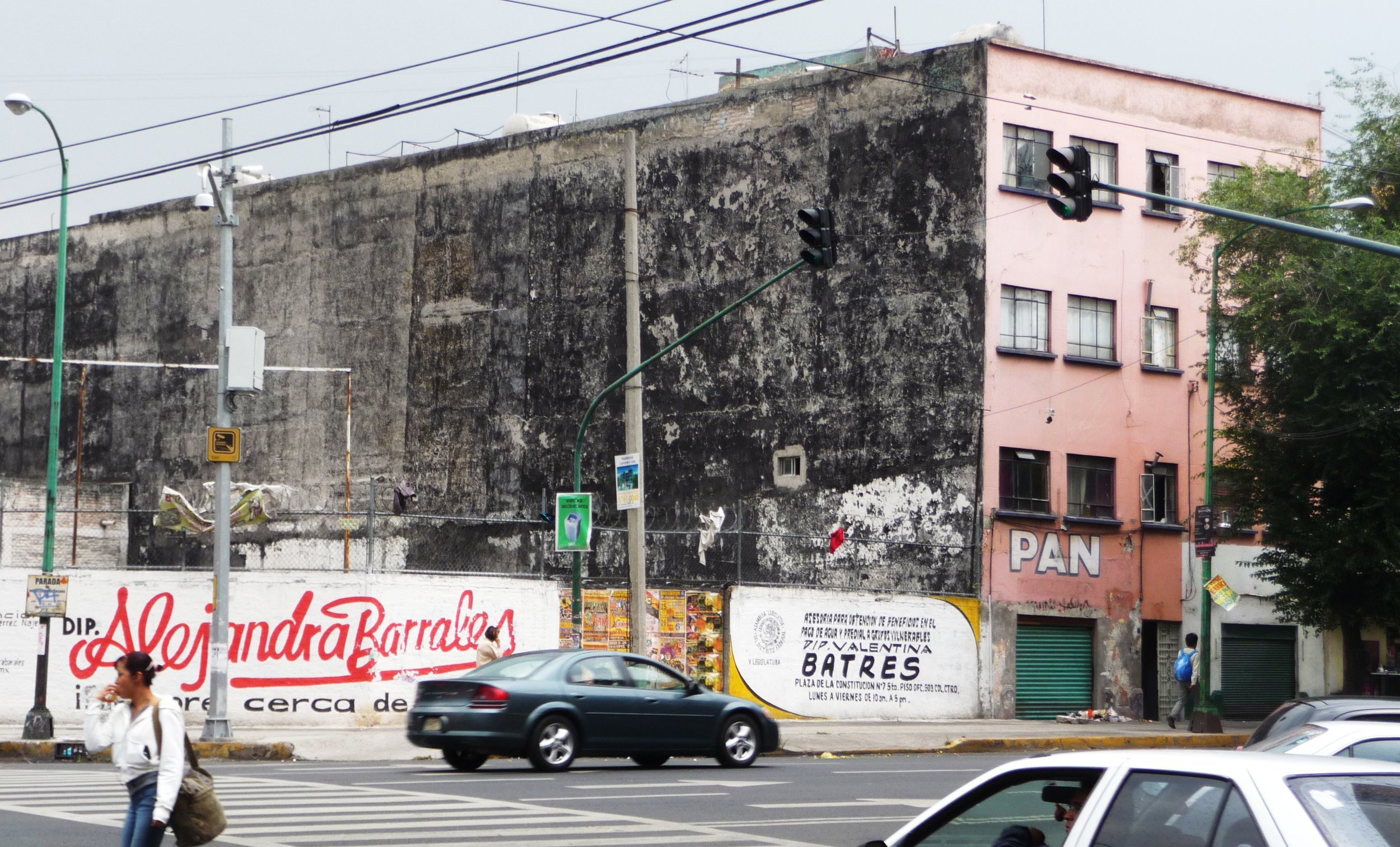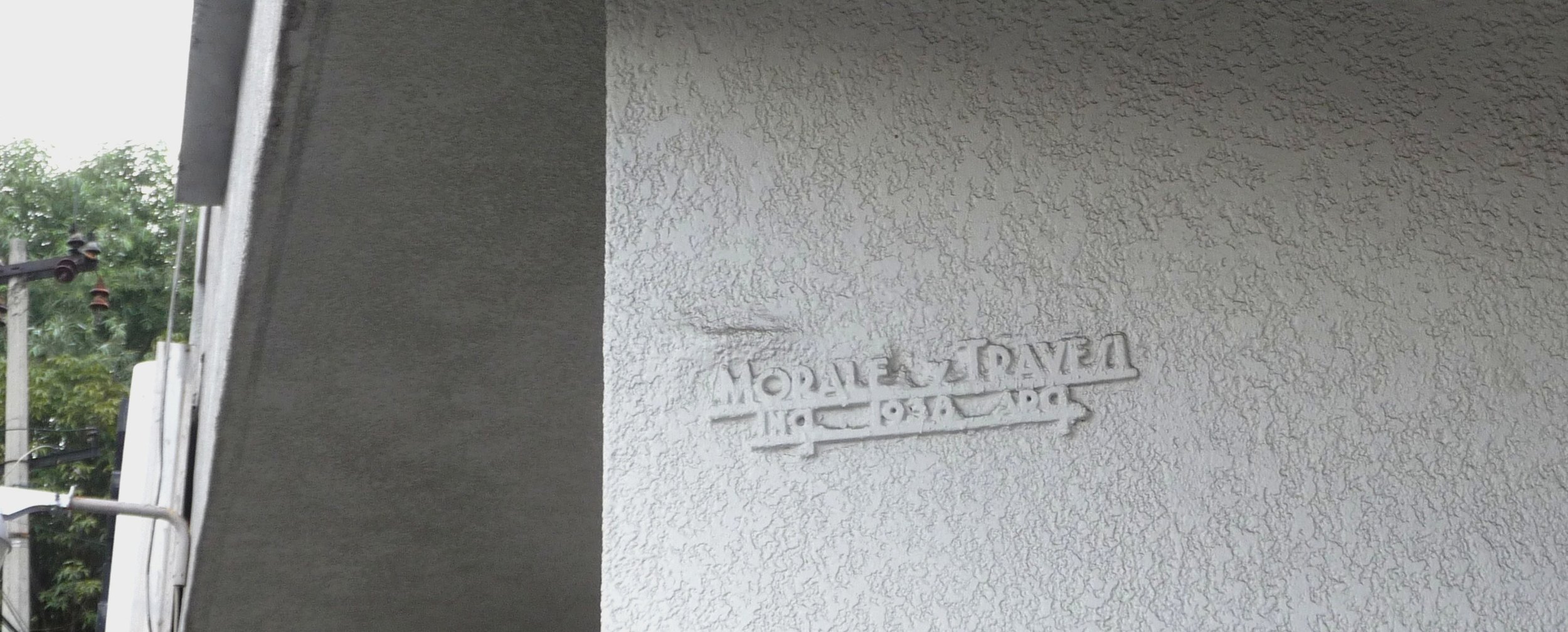
One of the great literary mysteries of the 20th century is the identity of B. Traven, the author who came to Mexico in the mid-1920s and lived here until his death in 1969. According to his biographers, he may have been a German anarchist named Ret Marut, or perhaps the illegitimate son of Kaiser Wilhelm II. At the time of his death, his widow, Rosa Elena Luján, claimed he was a Chicago native, the son of a Norweigan father and a mother from the U.S. (although Luján would change her story later on).
In any case, most of Traven's most well-known novels, including The Rebellion of the Hanged and The Treasure of the Sierra Madre, are set in the country which he made his home during most of his life.
The other day, in the Colonia del Valle, I walked by this building, constructed by an engineer named Morales and an architect named Traven in 1938. This would have been around the time that B. Traven was completing his cycle of six novels set in the jungles of Chiapas. Unless anyone can positively prove the architect was another Traven, I'd like to add to the myth and suggest that while he was busy writing his books he was also responsible for residences in Mexico City.




